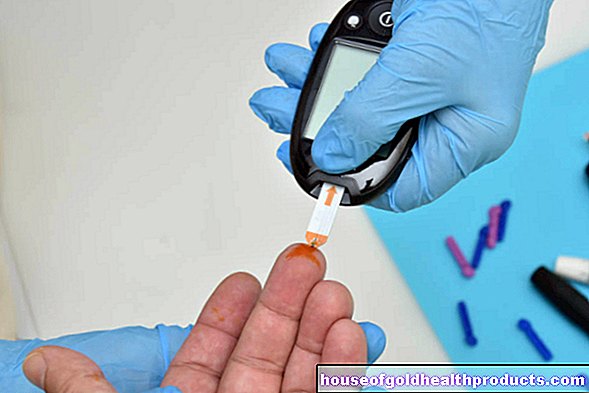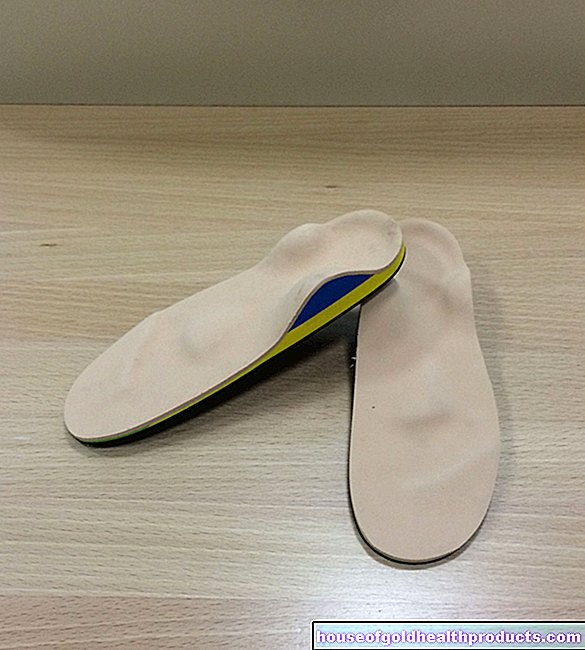Permanent erection (priapism)
All content is checked by medical journalists.

Priapus was revered by the ancient Greeks as the god of sexuality and fertility, today he gives his name to a sexual disorder. Priapism is a mostly painful permanent erection that lasts longer than two hours, although there is no desire, ejaculation or orgasm. A wide variety of diseases can be the cause of the never-ending erection. If professional therapy is not initiated within a few hours (up to a maximum of six hours), there is a risk of serious damage (erectile dysfunction, etc.). Priapism is a urological emergency and should therefore be treated as quickly as possible.
How does a permanent erection occur?
A normal erection results from the relaxation of the muscles within the penis while increasing the blood supply from the arteries. This leads to a swelling of the erectile tissue of the male member (the corpora cavernosa), which prevents outflow into the veins and thus the backflow of blood from the penis. After ejaculation, the arteries are narrowed again, which reduces the pressure on the veins and thus the erection (detumescence).
In priapism, a basic distinction is made between a low-flow type (around 90 percent), in which there is reduced blood flow from the erectile tissue (corpora cavernosa), and a high-flow type (around 10 percent), in which there is an increased blood supply .
Priapism occurs in about 60 percent of all cases without an identifiable cause (so-called idiopathic priapism). In the remaining 40 percent - these forms are known as secondary priapism - the permanent erection is often based on one of the following diseases / situations:
- Blood disorders, particularly sickle cell anemia, plasmacytoma, thalassemia (Mediterranean anemia), polycythemia, and leukemia
- Injuries (penis or spinal cord), due to surgery or after accidents
- Damaged nervous system, especially spinal cord injuries, less often multiple sclerosis (MS) or diabetes mellitus
- Various tumors
- Alcohol and drug abuse
- Drugs used to treat impotence (especially those given as an injection into the penis in a method known as cavernous body autoinjection therapy (SKAT)):
- Other drugs, especially if overdosed:
| Psychotropic drugs (Trazodone and Chlorpromazine) |
| Blood pressure medicines (prazosin and nifedipine) |
| Immunosuppressants |
| cortisone |
What kind of complaints do you have?
Painful permanent erection (longer than two hours) without involvement of the glans in the absence of sexual stimulation. So-called high-flow priapism can also be painless. Often there is an upward curvature of the penis. After hours, the foreskin, the glans and later the entire penis turn blue.
How is Priapism Treated?
If the erection is painful and lasts longer than two hours, a medical evaluation and treatment by a general practitioner or a clinical ambulance should definitely be carried out. Its an emergency!
The diagnosis is made on the basis of the patient's descriptions. Ultrasound examinations (duplex sonography) and the analysis of a blood sample from the erectile tissue provide information about the cause of priapism.
Therapy consists of immediate pain treatment and other measures. The doctor first tries to use medication to reduce the swelling of the penis. The active ingredient terbutaline in tablet form is particularly successful in high-flow priapism after SKAT therapy and in spontaneous, more frequent priapisms. If there is no improvement after about 30 minutes, blood is sucked out of the erectile tissue with the help of a syringe. If an erection then occurs again, vasoconstricting drugs (etilefrine, epinephrine) or methylene blue are injected directly into the erectile tissue. The last option is a surgical procedure in which either the arterial blood supply to the penis is slowed down (selective embolization of the penile arteries) or the venous outflow is improved (shunt operation).
Tags: sleep smoking dental care


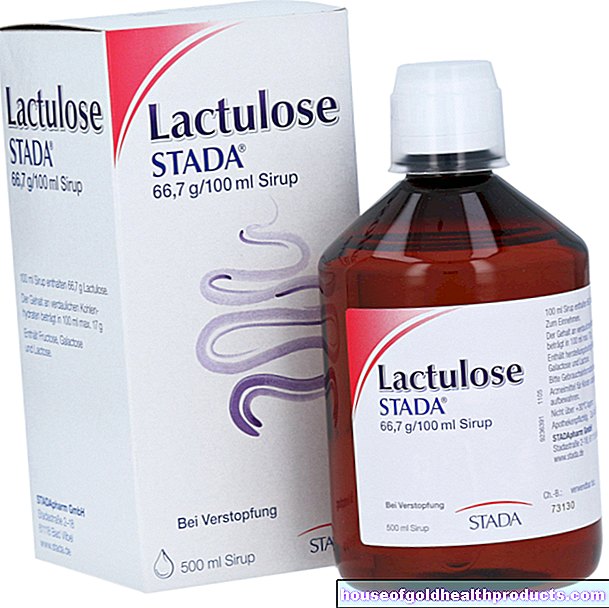
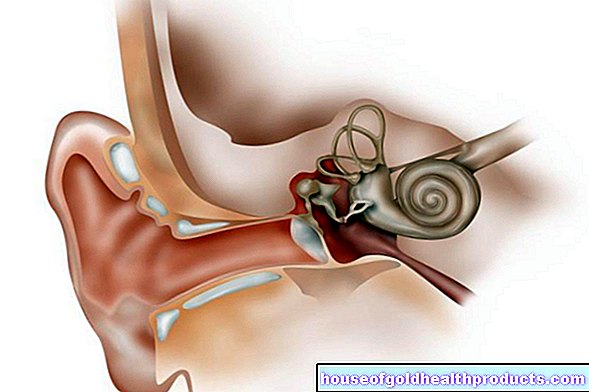


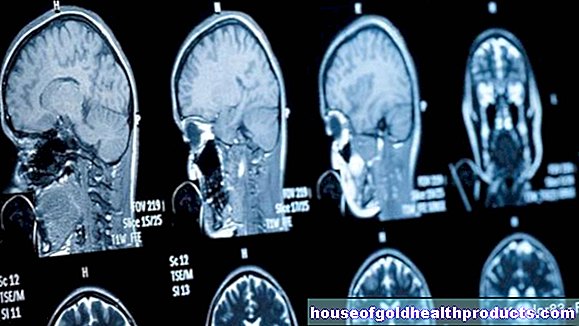




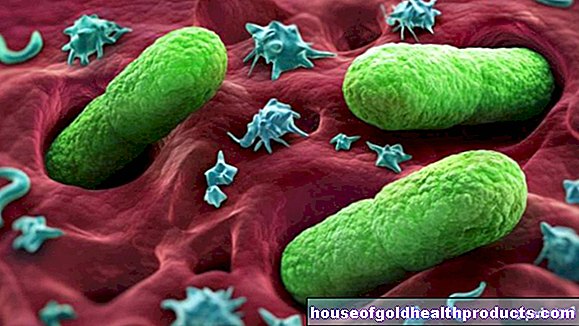


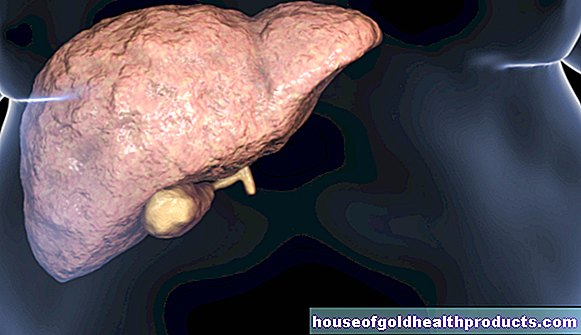




.jpg)

